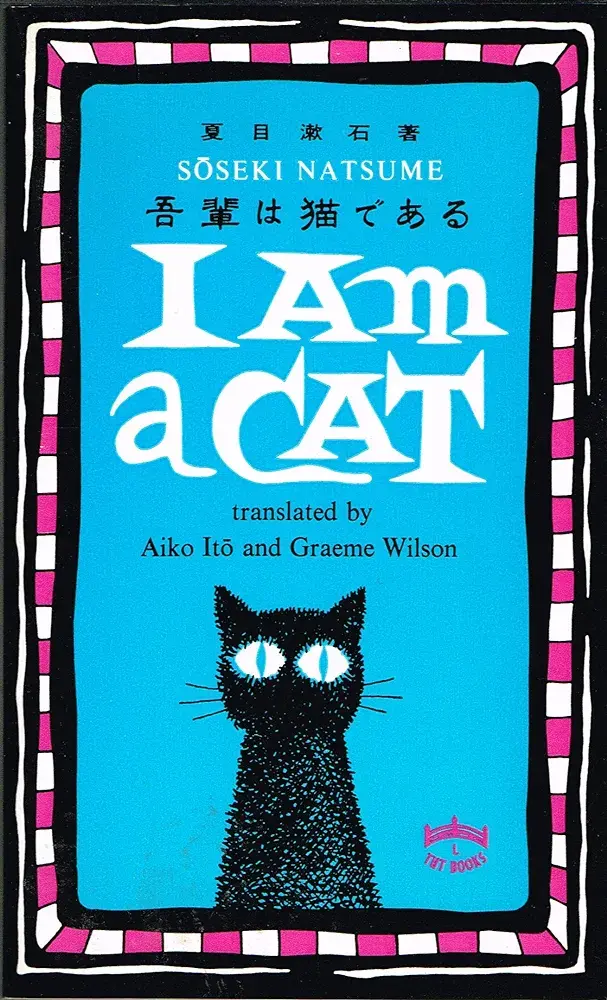The tech giant is among companies pushing out AI tools while promising to build more tools to protect against their misuse
WP gift article expires in 14 days.
Seems a lot of people are misinterpreting this.
The goal is not to protect the general public from misinformation. The goal is to prevent the pool of new training data from getting TOO contaminated with AI generated images, which would make it worthless for training new AI
The article itself makes the connection:
As the 2024 presidential campaign ramps up, concern is quickly rising that such images might be used to spread false information.
Though, I guess shame on us for expecting better journalism these days.
Who knows, probably a paid article
I don’t think that:
The tool embeds a digital “watermark” directly into the image that can’t be seen by the human eye but can be picked up by a computer that’s been trained to read it.
Is gonna be helpful for keeping AI generated images out of training sets. It would require the people who make the model to actually implement that tool into their model.
I don’t think most researchers not affiliated with google will chose to do that.
Most major developers of AI generated imagery, at least the corporates, will do it as they share the common interest of not polluting their sample data. Open source imagery might make it optional, but the functionality will be implemented. Either the PRs will be submitted by one of the corporations, or marketing like this article will convince the devs to implement it.
Remember, they don’t need EVERYBODY to implement it. As long as this reduces the amount of unmarked AIgen images by a reasonable percentage, it’s worth doing for them.
Seems impractical and likely to cause a different set of problems.
If something like this is added to Stable Diffusion for instance, the OpenSource community will quickly create forks and tools to remove it.
Also seems likely that the Stable Diffusion crowd will create tools to ADD this watermark to images that are otherwise real… thus calling the authenticity of any image into question.
Having possession of an original without the watermark would be pretty easy proof that it’s been altered after the fact.
Not if they have a way to strip watermarks too, as has happened with every other system like this
Why is the focus only on identifying AI generated photos? Why not force a tag on all AI generated content period? That would help with a lot of applications.
Ah, yes, the evil bit will solve all our problems.
That was my first thought too. Wasn’t there like a checklist for “Why this spam detection scheme will fail” that was floating around since the late 1990s?
You’re thinking of this: https://craphound.com/spamsolutions.txt Maybe someone should make an AI-detector version of that.
It’s pretty easy to just not put the AI tag on things, or to strip such things away from an image.
That is simply not enforceable
Because you can setup a AI generator at home and nobody is coming to your house to make sure you watermark your “artwork”
The solution is … Embed a watermark when the image is generated? How will that help stop deliberate disinformation created with other tools
Oh, they’ll totally sell the ability to generate without the watermark. Because of course, corporations have never been responsible for spreading disinformation.
I guess they could call it out better, even automatically, but someone further up is suggesting the real goal is to stop AI photos from appearing in future AI training sets, which would be counterproductive.








